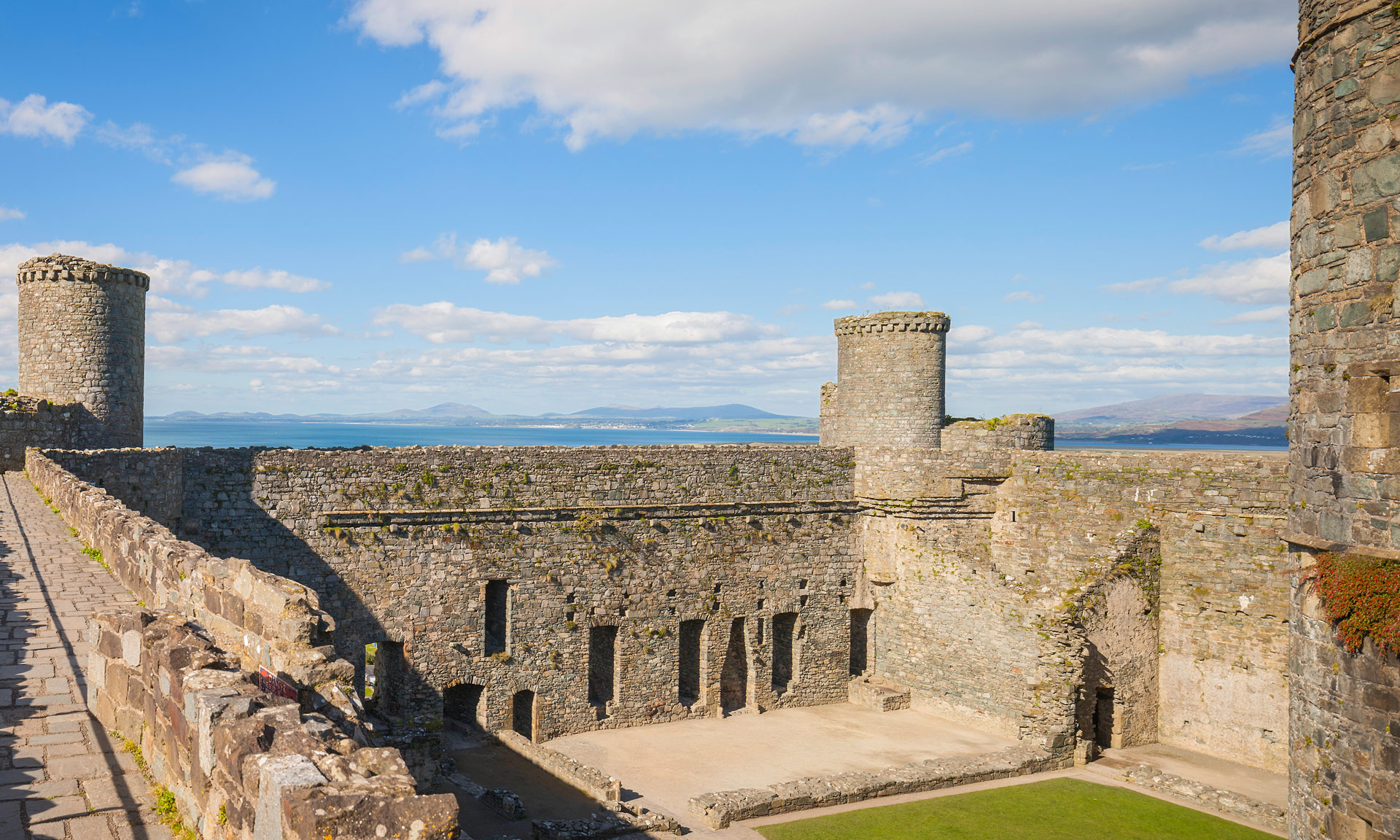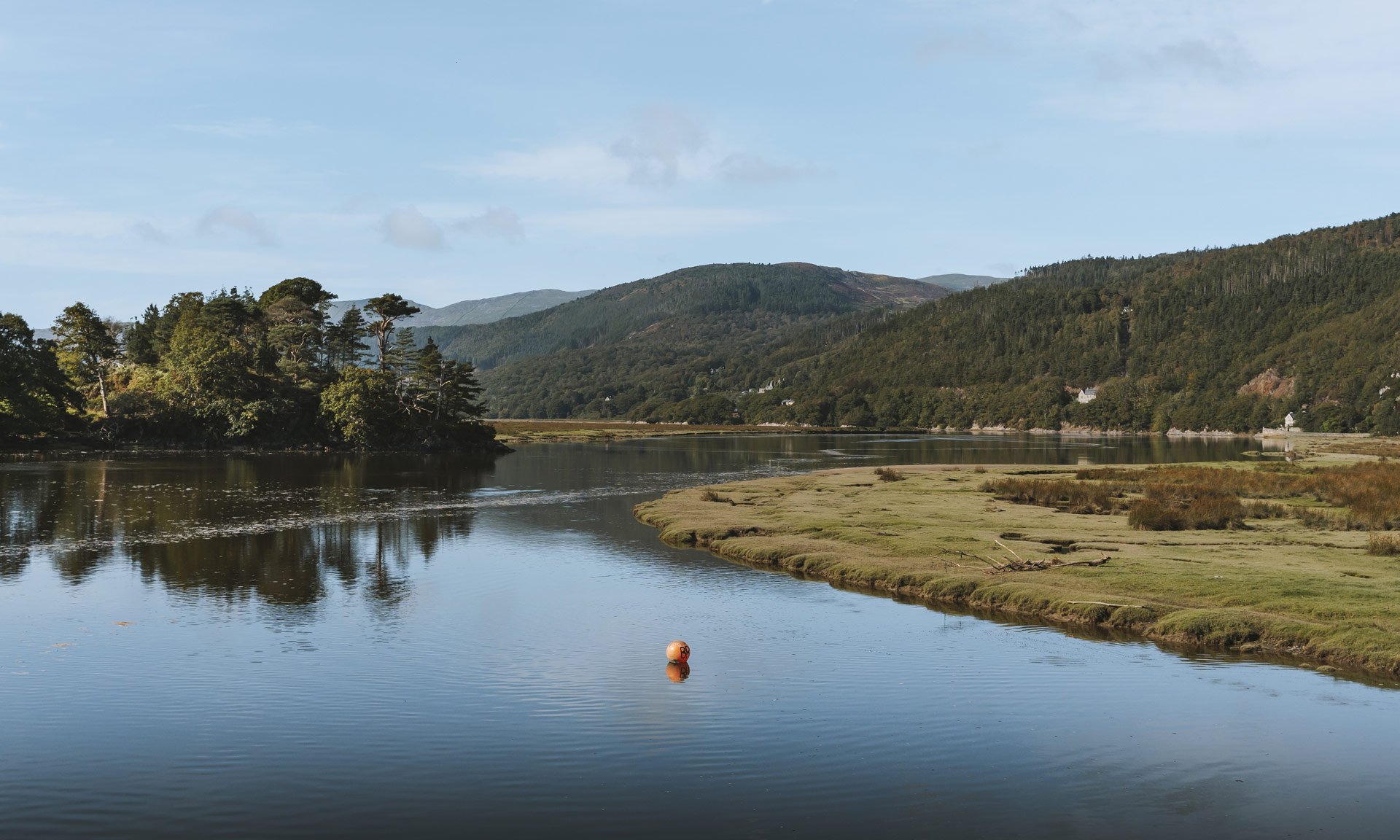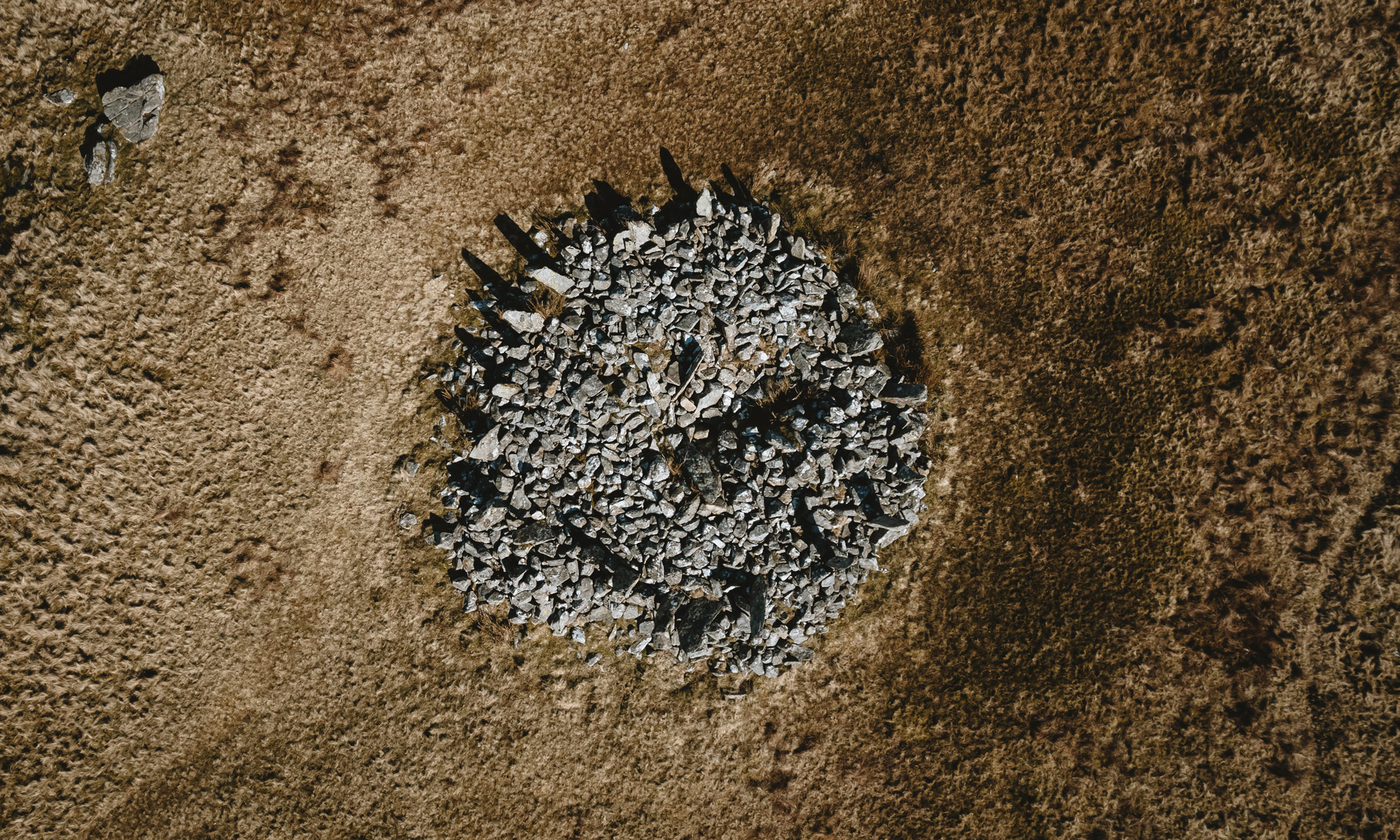A landscape rich in archaeology.
The National Park exhibits a wealth of archaeological remains, many of which are important on an international level. From UNESCO World Heritage sites to fantastic roman remains, Eryri’s archaeology is one of its defining features.
Prehistoric Archaeology
Cairns and Burial Chambers
A cairn is a man-made pile or heap of stones. Cairns come in different shapes and forms and would be built in prehistoric times to serve as memorials, burial grounds or ceremonial locations.
There are many examples of prehistoric cairns and burial chambers within the boundaries of the National Park.
Bryn Cader Faner, near Trawsfynydd, is a striking example of a cairn, with its sharp pillars surrounding the round stone pile.
Another extraordinary burial chamber in the National Park is Capel Garmon Burial Chamber. The characteristics of this chamber are very similar to those of chambers found in the Cotswolds in England. The fact that Capel Garmon Burial Chamber shares these features is something of a mystery.
Hillforts
There are thirty hillforts in Eryri National Park, and although some sites have been excavated, dating these historical sites remains difficult.
In addition, there is debate regarding the exact purposes of these forts. Some may have been built for defensive purposes and others for religious or decorative purposes.
Between 1979 and 1985, the National Park Authority carried out excavation work on Bryn y Castell, a hillfort near Ffestiniog. The work showed that the main activity at Bryn y Castell was the production of iron. Excavations uncovered waste slag, hearths, stone hammers and even glass bracelets.
Roman archaeology
In the Carneddau area, a Roman mountain pass runs between the peaks of Tal y Fan and Y Drum. This area is known as Bwlch-y-Ddeufaen, as two standing stones or monoliths are placed at either end of the road. This Roman road connected Caerhun and Caernarfon.



Medieval Archaeology
Medieval Wales was divided into kingdoms very different from the counties we know today. A different king or prince ruled each kingdom. The kings and princes of these kingdoms built stone castles all over north-west Wales. Many of these castles remain visible, with most still standing today.
The best examples of the castles of Welsh kings and princes include Harlech Castle, Cricieth Castle and Castell y Bere.
Between 1277 and 1283, many of these castles were conquered by English armies.
This was a period of intense warfare between some of the kingdoms of England and Wales that led to Edward I, king of England from 1272-1307, building a series of military castles at several sites in north-west Wales.
These medieval castles have been awarded UNESCO World Heritage Site status.
Extensive prehistoric settlements and fields
In Roman times, people began to take advantage of Eryri’s agricultural potential. They built houses and shelters throughout the land and stone walls to create fields for animals.
The remains of these houses and fields are widely scattered across the valleys and uplands of Eryri. Dating back over 2,000 years, they are among the best and most intricate examples of prehistoric settlements and fields in Europe.



